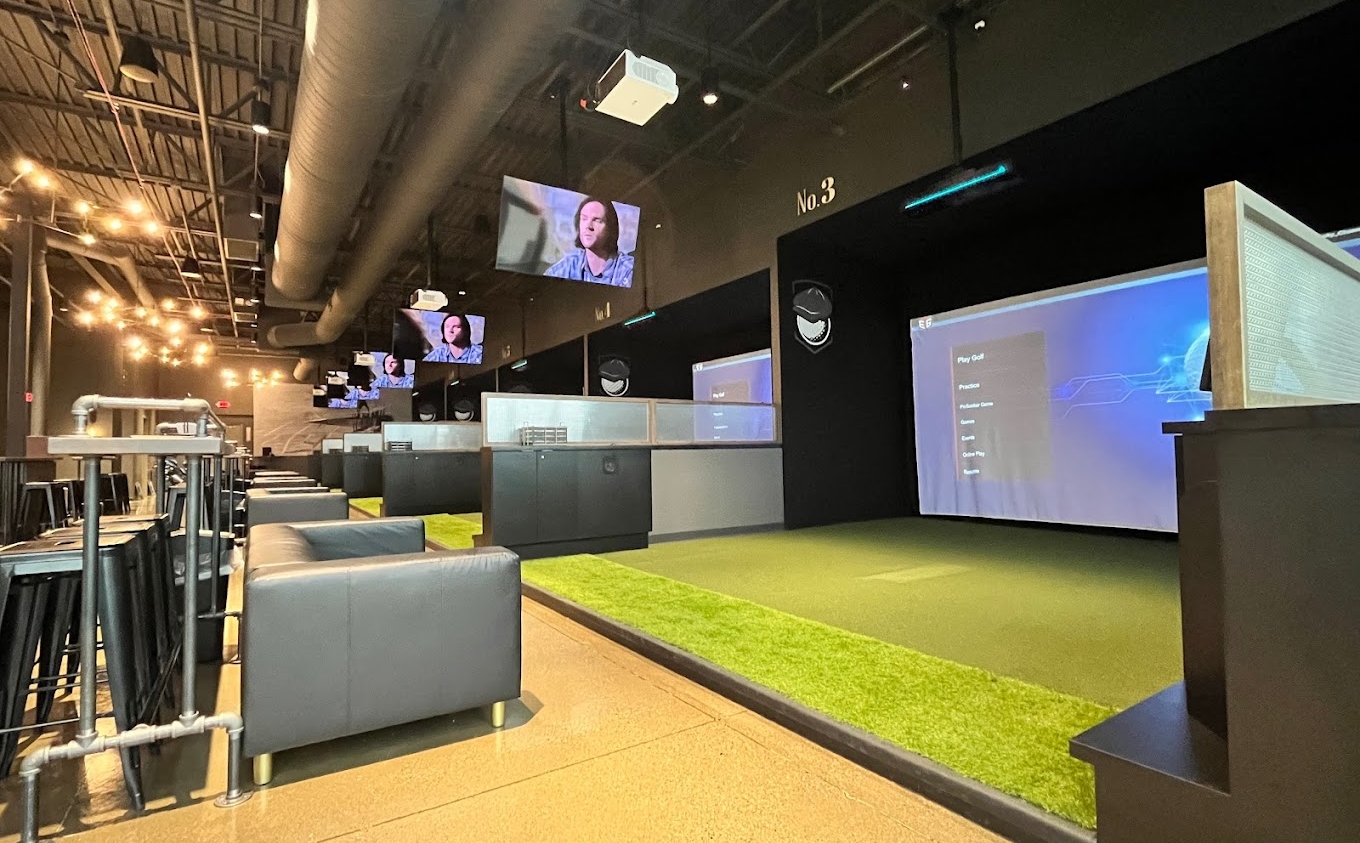[ad_1]

Against the backdrop of a rapidly evolving and constantly changing consumer landscape, the retail industry exhibited remarkable resilience throughout 2023, successfully navigating challenges such as escalating construction costs, supply-demand imbalances, and persistent concerns over inflation and interest rates.
A prevailing trend that continues to proliferate throughout the country is the adoption of experiential retail, coupled with a strategic migration to top-quality real estate.
READ ALSO: Why Prime Urban Retail Corridors Are Thriving
This major shift has become a consistent theme echoed across various discussions within the retail realm. The focus on enhancing the shopping experience and adapting to changing consumer preferences underscores the industry’s recognition of the need for a nuanced understanding of customer behavior, and the pivotal role of a well-rounded omnichannel strategy.
Navigating the dynamic retail terrain
The retail sector embarked on a trajectory of robust performance throughout 2023, witnessing reduced vacancies and a notable surge in rents.
“Retail has proven to be extremely resilient, strengthened by lessons learned over the last few years. In fact, despite concerns over inflation and high interest rates, retail sales continue to grow” Naveen Jaggi, president of retail advisory services at JLL, noted.
A transformation is unfolding as the industry continues to prioritize placemaking, striving to create an inviting shopping environment that lures customers back from the digital realm that dominated the pandemic era. Notably, open-air centers and experiential retail models designed to elevate shopping sessions flourishing amidst this evolving landscape.
“That being said, nothing in 2023 was a true game-changer for retail the way we’ve seen in years past. I’d categorize it more as the continuation of positive trends,” Ivy Greaner, Bedrock Detroit‘s chief operating officer & executive vice president, told Commercial Property Executive.

Experiential retail strengthened its position as the defining retail trend of 2023, with a pronounced focus on interactive shopping experiences. In-person shopping thrived, contributing to a steady growth period for the sector. Entrepreneurial retail in particular enjoyed significant success against this backdrop, Greaner observed.
Brookfield Properties Executive Vice President of National Urban Retail Jason Maurer also noticed the accelerated pace of evolution last year, identifying two prominent retail trends that shaped 2023: the proliferation of the food and beverage industry, and a growing consumer devotion to wellness. Within Brookfield’s portfolio, wellness additions resonated as essential components of consumer routines, accentuating the integral role these experiences play in the evolving retail scene.
Celebrity-driven retail emerged as another notable trend, with online brands founded, owned and operated by celebrities increasingly focusing on brick-and-mortar retail for growth, Jaggi noted. Additionally, consumers prioritizing experiences over traditional gifts during the holiday season, coupled with a persistent supply-demand gap in retail space that supported rent increases, were among the overarching trends of the year.
READ ALSO: Investor Appetite for Retail Returns, But…
But despite these successes, the retail sector also encountered challenges in 2023, primarily stemming from escalating construction costs which had a particular impact on newly developed retail spaces.
“The strong performance we’ve seen in the sector came from existing brick-and-mortar retail, not newly developed retail, as that is overburdened by the cost of labor and materials. This continues to rise and inhibits all sectors,” Greaner explained. “The good news is that the sector is still receiving financial investment and higher interest rates have not disrupted an overall good year.”
The scarcity of available retail space, rather than a lack of demand, created hurdles for retailers seeking suitable leasing opportunities. Most of them looked for shorter lease terms, which pushed landlords to adapt their strategic approaches for resolution. Going forward, the imbalance between demand and supply will continue to define the retail landscape, at least when it comes to desirable space.
What will retail look like in 2024?
As we look ahead, the retail sector stands at the cusp of continued evolution, building upon the strengths and lessons of previous years. Projections from industry experts suggest a nuanced landscape, with some anticipating a slight softening in the sector due to mounting consumer debt.
“That softening skews toward the higher end in the luxury category,” Greaner detailed. “Staple retail should continue to do well. Similarly, in food and beverage, I expect a bit of a slowdown from the red-hot 2023 in top-tier restaurants while more mainstream options continue to thrive.”

One imperative for retailers this year will be embracing and/or expanding versatile omnichannel strategies. Acknowledging the diverse ways consumers choose to shop, it is crucial to intimately understand consumer bases and engage each segment in unique ways. Maurer expects a sustained migration to top-quality real estate in brick-and-mortar retail, asserting that successful retailers will recognize the necessity for their physical spaces to mirror consumers’ refining expectations.
Most retail specialists agree that there will continue to be an increased focus on offering experiences rather than mere products. Sectors like dining, entertainment and travel are expected to maintain their strength as the market progressively embraces more diverse offerings, aligning seamlessly with the shifting preferences of contemporary consumers.
Amid concerns over a potentially weakening economy and looming maturing debt, many retailers maintain a vigilant stance, with Greaner pointing out that these challenges did not hinder the strong performance witnessed in 2023. Anticipating a minimal impact in 2024, she believes that retail will remain one of the least risky real estate sectors. Owners are poised to retain the ability to refinance, supported by the availability of capital driven by high valuations, strong rents and solid occupancy rates. Furthermore, as consumers continue to spend at a decent pace, optimism among retailers about potential interest rate and inflation reductions in the second half of the year is building up.
[ad_2]
Source link





